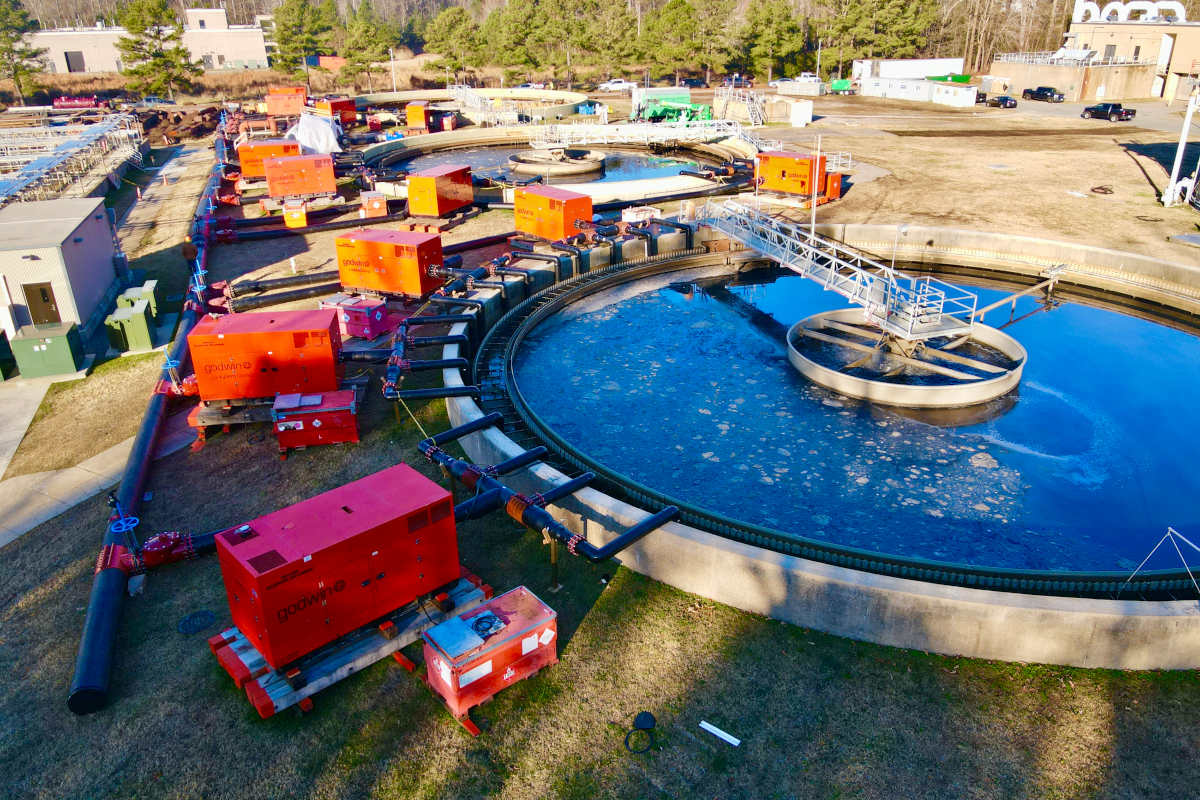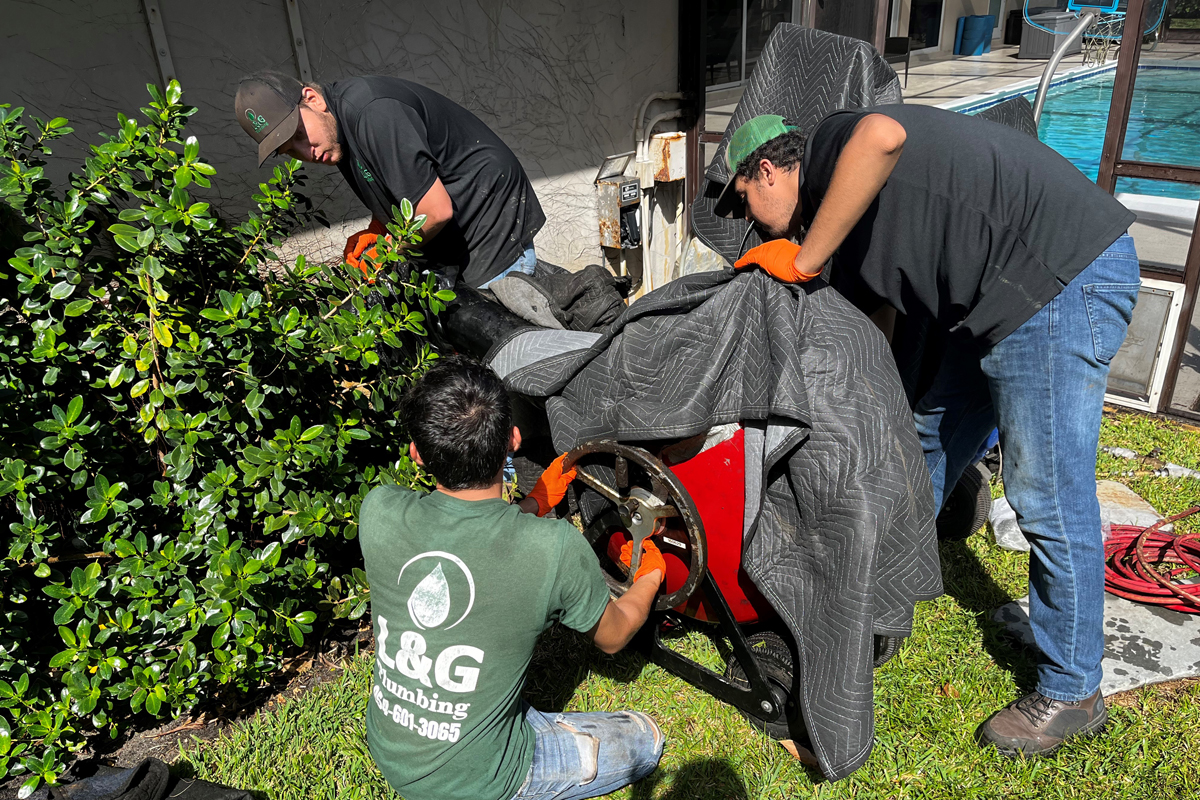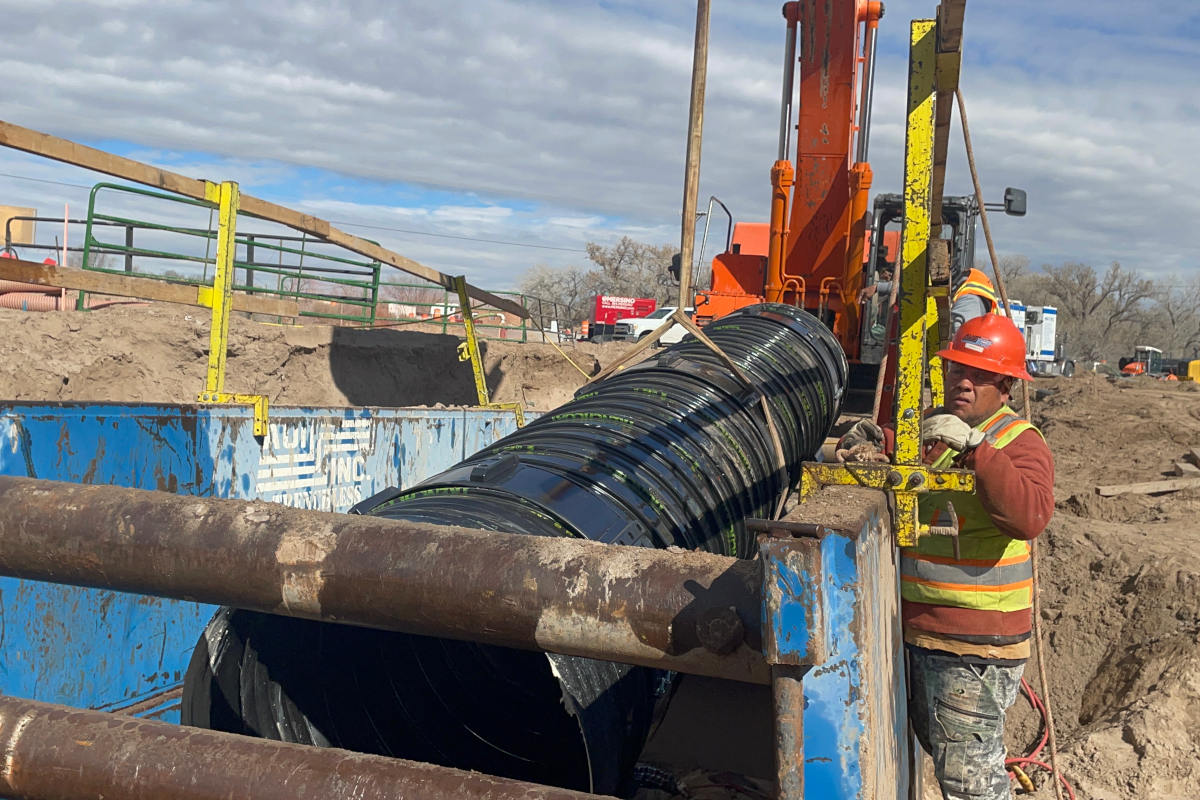
UV CIPP Relining in Guam
Guam is a tropical island paradise located in Micronesia in the Western Pacific Ocean. It is a beautiful place to visit, but a challenging one in which to work when completing a large-scale sanitary sewer and utility manhole rehabilitation project.
A United States territory since 1898, Guam has an average annual temperature of 90 degrees and is approximately 30 miles long and nine miles wide. It has a population of 170,000 residents and is home to more than 12,000 military members and their families. Guam is also the future home to the U.S. Marines currently stationed in Okinawa, Japan. New facilities are being constructed to serve an additional 5,000 personnel who will make Guam their new home beginning in 2024.
In 2018, the Guam Waterworks Authority (GWA) made the proactive decision to rehabilitate the interceptor lines and manholes that will service the future military base and surrounding areas. Michels Corp., based in Brownsville, Wisconsin, 9,000 miles northwest, was brought on to rehabilitate 44,000 linear feet of sewer lines on the Northern Interceptor Sewer Replacement project.
RELATED: CIPP Used to Reline Wisconsin Culvert in the Winter
Established in 1950, GWA served an average of 42,444 water customers and 29,378 wastewater customers. GWA’s wastewater system consists of 290 miles of gravity sewer network, 82 sewer pump stations, 27 miles of force main and six wastewater treatment plants with associated outfalls.
The Naval Facilities Engineering Command (NAVFAC) Marianas and GWA have been collaborating for many years with the goal of an eventual integration of military and civilian water systems on Guam. In 2016, Guam Waterworks Authority was awarded $55.3 million from the Department of Defense for civilian water and wastewater improvement projects related to the realignment of the Marines from Okinawa to Guam. The GWA made the proactive decision in 2018 to rehabilitate the interceptor lines and manholes that serviced the future military base and surrounding areas. The move was a predecessor to an agreement between GWA and the U.S. Navy in May 2020 signaling the Navy’s commitment to continue improvements to Guam’s water systems capability, redundancy and resiliency.
Michels work on the Northern Interceptor Sewer Replacement project’s 130 UV-CIPP installations included:
- 24,358 ft of 30-in. diameter
- 8,380 ft of 36-in. diameter
- 5,986 ft of 42-in. diameter
- 4,201 ft of 24-in. diameter
- 1,059 ft of 18-in. diameter
Included on the project was the rehabilitation of 141 utility manholes completed by Michels’ subcontractor, Mocon Pacific, Inc.
Initially bid as a water-cured CIPP lining project, Michels introduced UV-cured CIPP as a viable option given the tropical conditions and limited resources on the island. Instead of building a complete wet-out facility, the UV liners would be constructed and shipped overseas directly from the manufacturer (Saertex) in Germany to Guam. This process would ultimately allow Michels to complete the project two months ahead of schedule. Accepting this proposed concept was engineering firm Brown and Caldwell and the Guam Waterworks Authority. Upon completion, the Guam Northern Interceptor Sewer Rehabilitation project would become one of the largest UV CIPP interceptor rehab project ever completed in the United States.
RELATED: Seeing the Light – SAERTEX multiCom Continues to Grow along with the UV CIPP Market
These are Different Times
Planning and coordination of a 44,000 lf UV project is challenging. Now place the project on an island in the middle of the ocean 20 hours away from home and add the fact that Guam Standard Time is 10 hours ahead of Greenwich Mean Time (GMT+10), which translates to a difference of 15 hours from Wisconsin (CMT). Outfitted with international phones, communication between headquarters and the crew became a 24-hour-a-day job.
“The guys in Guam would begin their week at 7 a.m. on Monday which was 4 p.m. on Sunday here,” said Michels general manager Lee Zubrod. “You would find yourself working through the night on some issues only to turn around and start the day again in a couple of hours.”
Logistics
Michels in-house logistics team handled the shipping of all equipment from their facilities in Brownsville WI, Kapolei, Hawaii and Portland, Oregon. They also handled the compliance of all vehicles with local laws. The total number of units shipped overseas was 10 which included a UV-curing truck, pulling winches, folding table trailers, recycling vacuum truck, CCTV truck, pick-ups and tool storage trailers. Also, a large amount of spare parts was assembled and shipped to the Michels location in Guam as there were no local repair facilities available on the island. To improve efficiency, Michels custom designed and fabricated the winches used to pull the ropes and cables to install the UV liners in place.
Personnel
Providing experienced personnel to prepare the sewers and install the UV liner pipe fell under the leadership of the project manager Jason Gubin and the Michels pipe rehabilitation group. After pulling together a foreman from the Philippines and six laborers from various locations, the group lived together on the island for the entire project without a rotation home. An equipment specialist was assigned to the project, often making the trip between Guam and the mainland U.S. Working through the Covid-19 pandemic, the crew spent nearly three months on location. Had they left for a visit home, the group would have to be quarantined for a minimum of two weeks to comply with travel restrictions and local health ordinances.
RELATED: Michels Corp. Establishes Robert H. Westphal Scholarship
Line Preparation and Material Order
Prior to the installation of the liners, Michels personnel utilized a water recycling sewer cleaning truck to prepare the sewer lines. The recycler allowed Michels to limit the amount of fresh water to 1,500 gallons per day that was needed to clean. After the lines were prepped, the orders were placed for the exact length and diameter liner material. Shipment of the German manufactured UV liners took 80 days, utilizing carefully regulated refrigerated sea containers ensuring that the liner was stored between 60 and 70 degrees F during the 15,000 nautical mile trip.
Unique Conditions
Working in a tropical climate with temperatures around 90 degrees and daily rainstorms, Michels constructed temporary shelters over each of the 130 installation sites. Two main sections of the project were located through jungle sites. A very narrow 20-ft wide, curvy right of way proved difficult to maneuver the multiple trucks and trailers through the landscape. Further, Guam is also home to an overpopulation species of brown tree snakes numbering around 2 million snakes, with densities of up to 13,000 per sq mile. While the species isn’t deadly to humans, its venomous bite packs a punch.
The majority of the pipe locations were along a two-lane highway which was continuously under construction. Route 3’s road widening project began in 2018 and is the largest construction project undertaken by the Guam Department of Public Works’ Highway Division. The 2.8-mile long project is also funded by the Department of Defense in preparation for the new Marines facilities. The heavily traveled road has approximately 15,000 residents who live along the route. As the general contractor, the joint venture team of Hawaiian Dredging and Core-Tech International supported Michels with safety zones and traffic control, installing hydro barriers along the roadway job sites to keep the crews safe.
Why UV CIPP?
Ultraviolet (UV) cured-in-place pipe (CIPP)is an effective alternative to thermal processes for curing a pipe liner. UV light can be used to rehabilitate pipes ranging in diameter from 8 to 72 inches. Contrary to steam and water processes, which require an on-site boiler, the UV Liners are installed using a remote-controlled UV light train. This smaller footprint proved beneficial to Michels while working through the remote jungle areas and within the reconstruction sites on Route 3. With UV installation, the contractor is also able to get a view of the inside of the liner before the curing process begins, allowing for a higher quality final product. The long-term storage of the UV liners was critical given the island location. Having the ability to maintain a large supply of ready-to-install materials played a key role in keeping project costs down while passing the savings onto the owners. The JV team constructed a large air-conditioned warehouse for the storage of the UV liner crates, keeping the building’s interior at a comfortable 60 degrees at all times.
While traditional CIPP steam and water curing methods produce water discharge and odors, UV eliminates both and maintains a high strength, fully structural product having a thinner wall design with no joints or seams. The benefit of a shorter cure time in the larger interceptor pipes not only reduced the amount of disruption along the highways and within the residential areas, but also allowed for better time management.
“The actual cure times are calculated by the onboard computer systems, thus allowing us to schedule the various crews more easily,” said Gubin.







